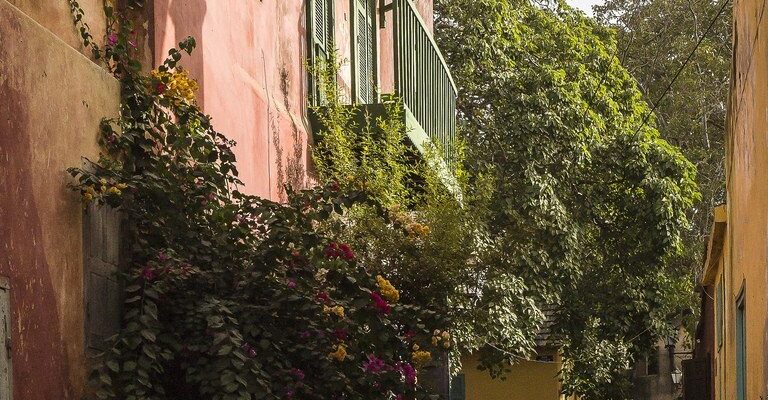Gorée Island
Gorée Island is a popular tourist destination near the coast of Senegal. The name Gorée comes from the Dutch word “Goeree”, meaning “island”, or perhaps from the phrase “Goode Reede”, meaning “good harbor” in a storm-protected bay. The island was an intermediate point for ships sailing on the trade route between Ghana’s Gold Coast and the West Indies.
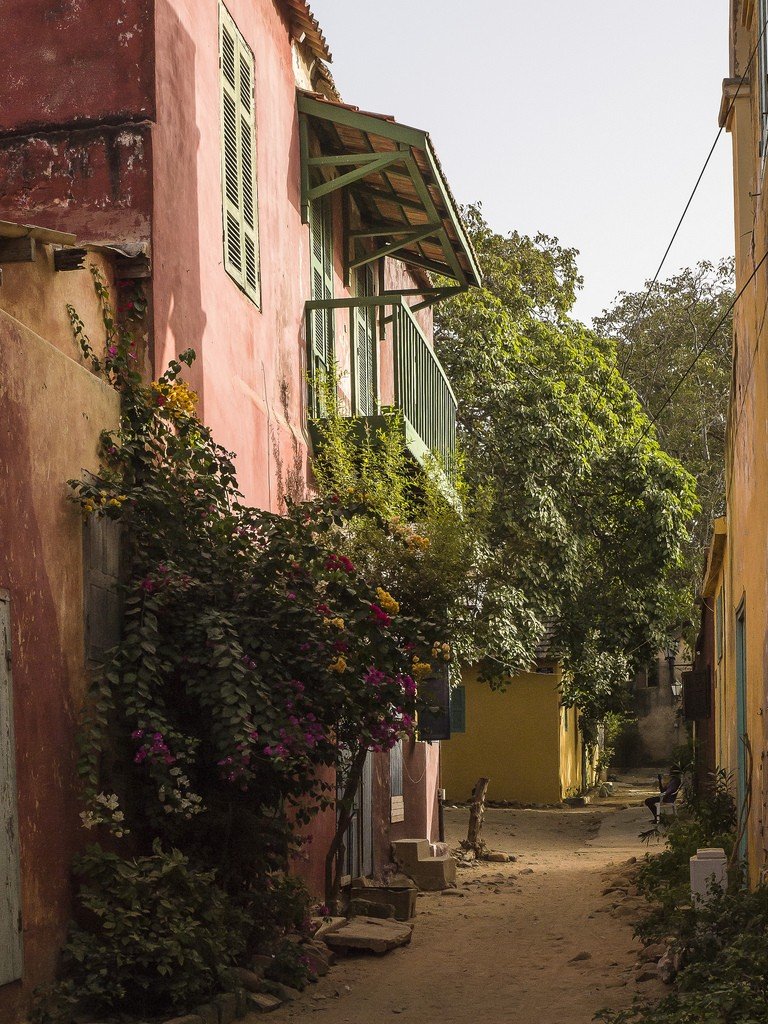
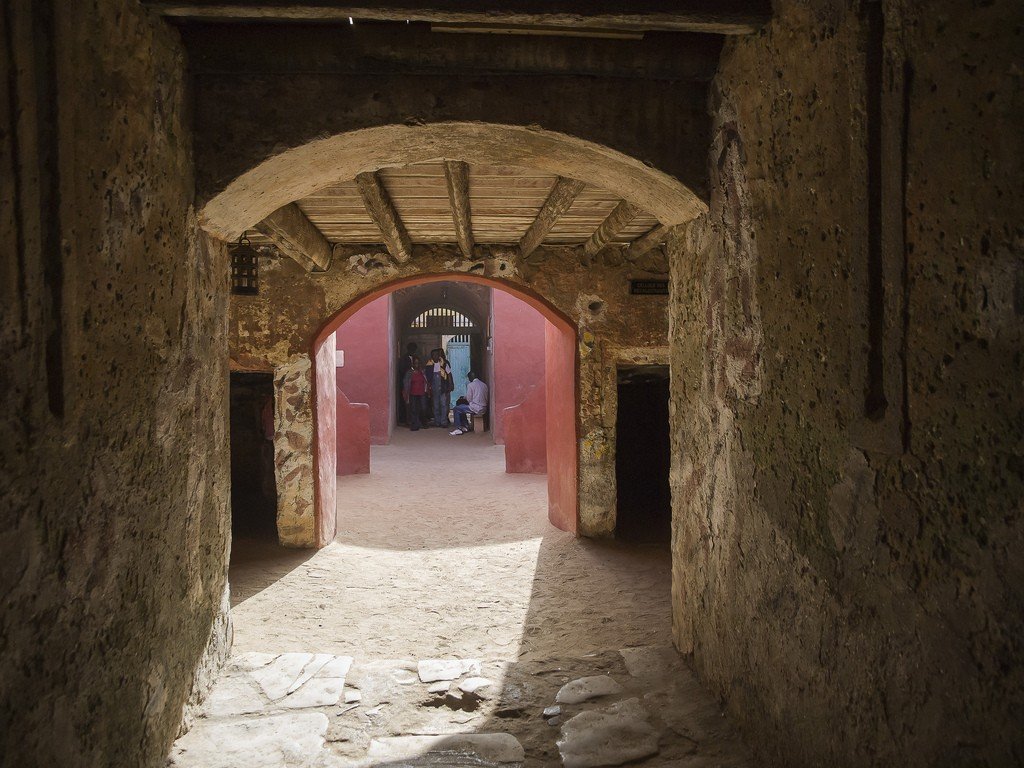
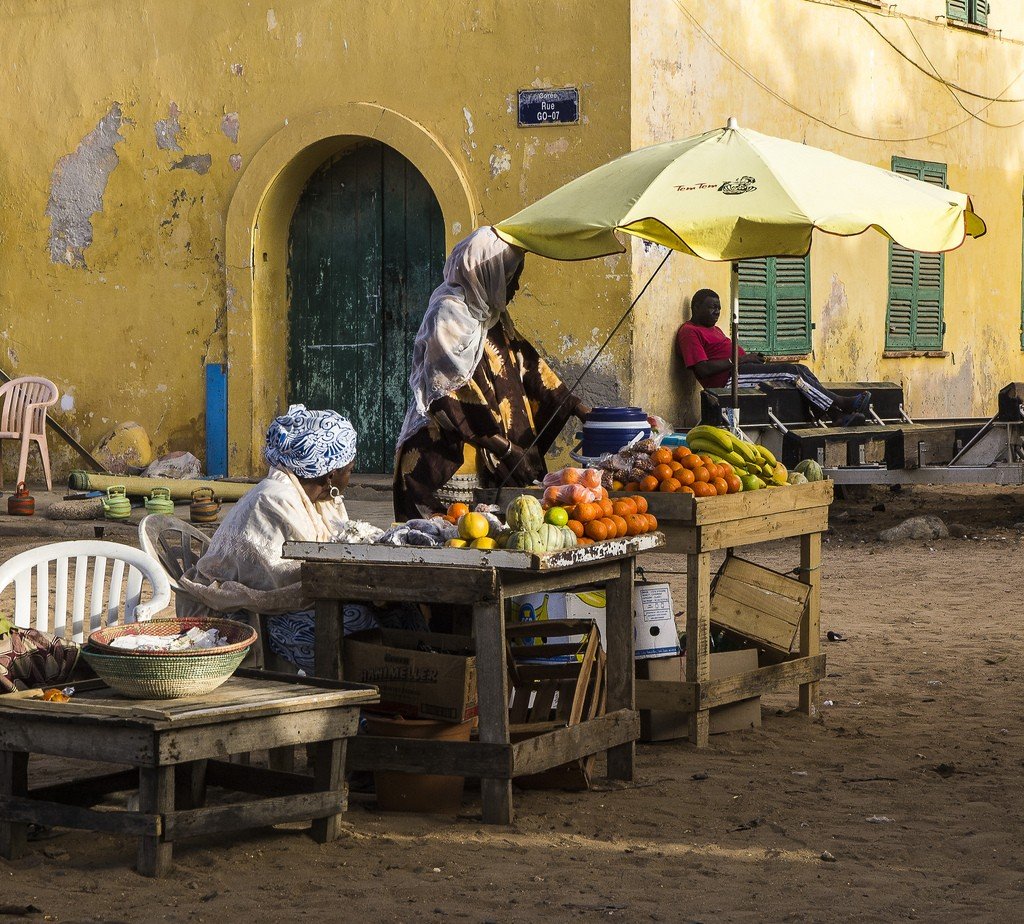
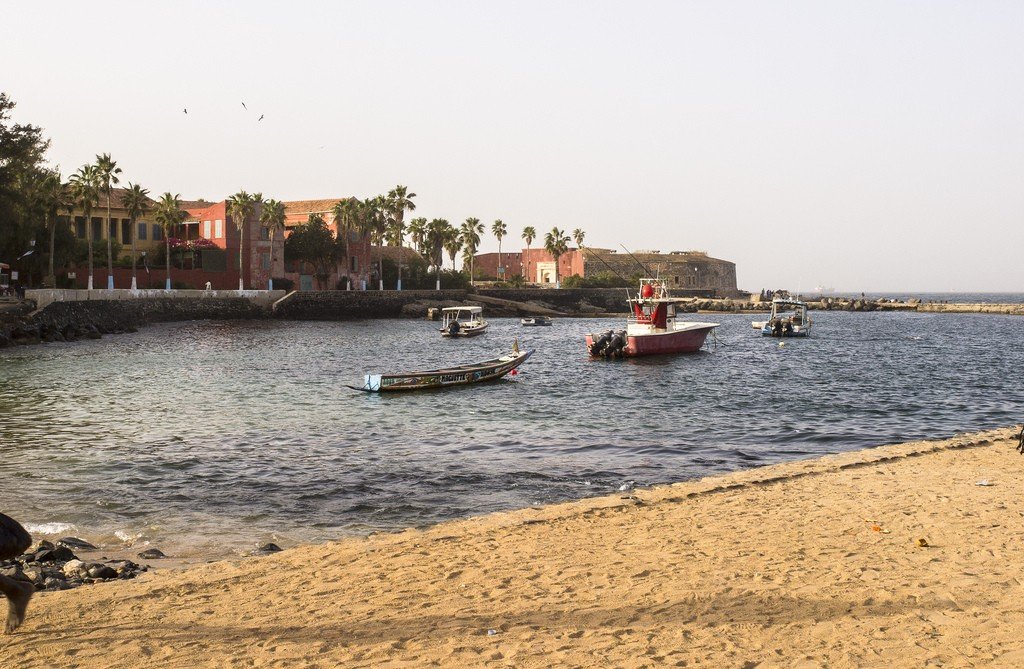
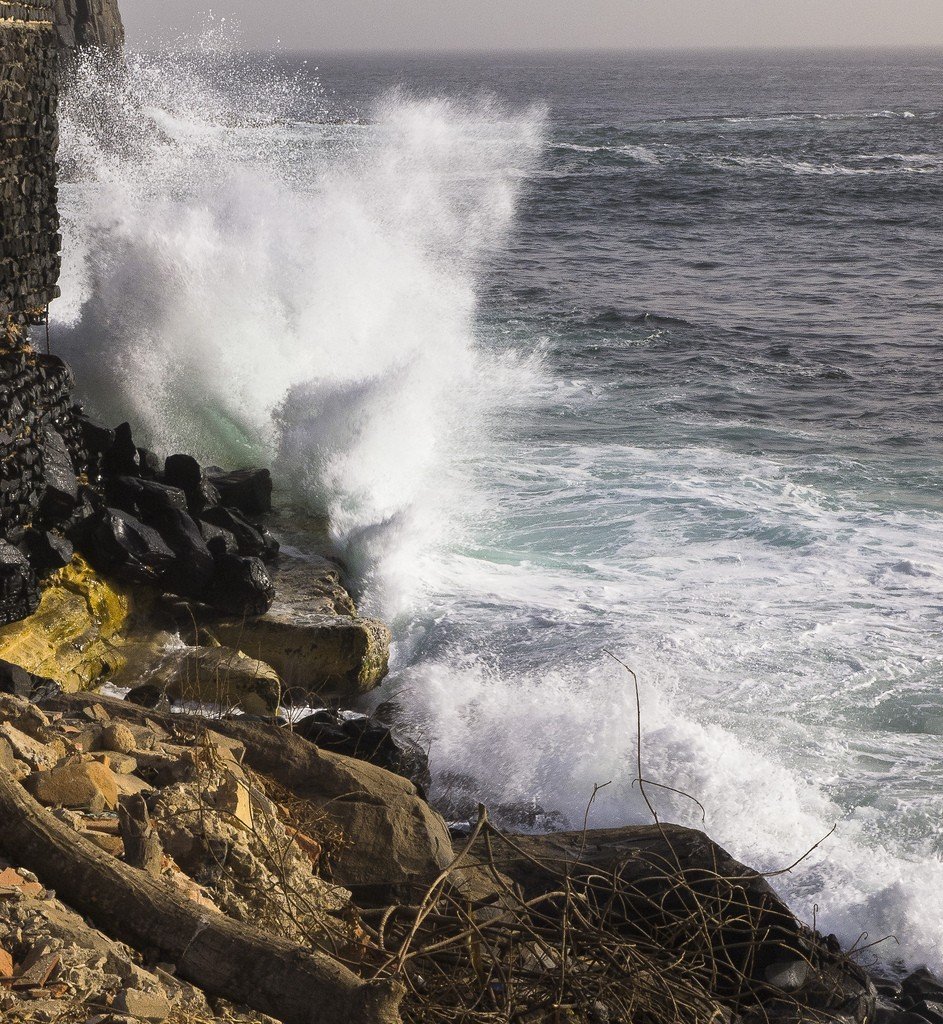
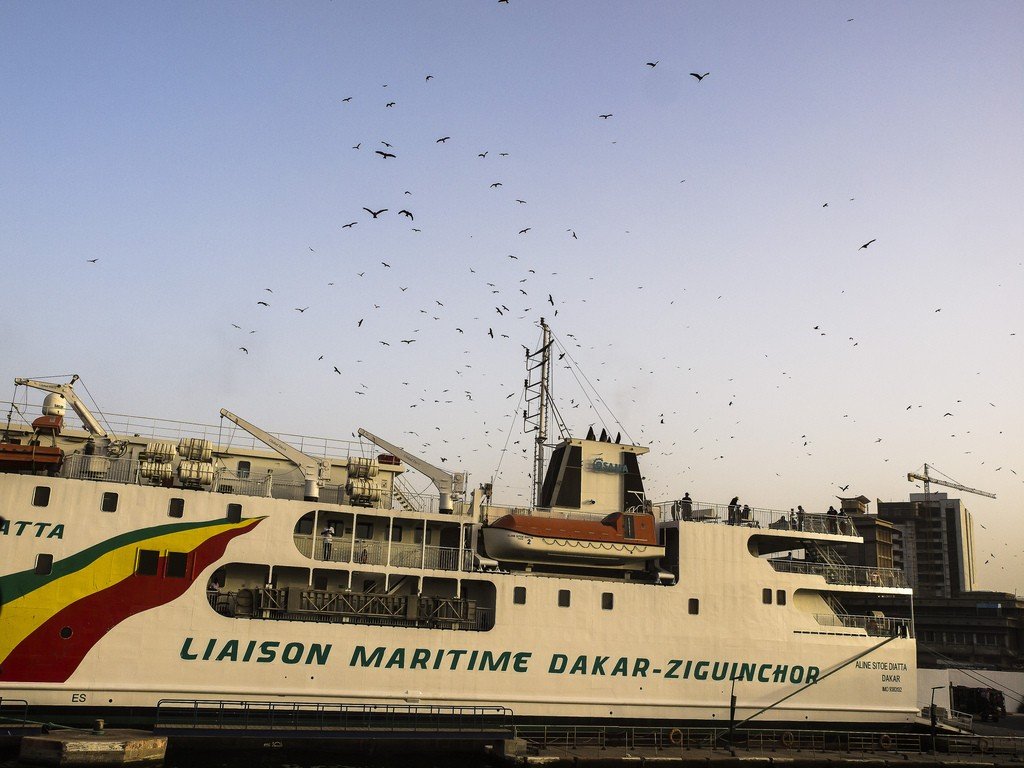
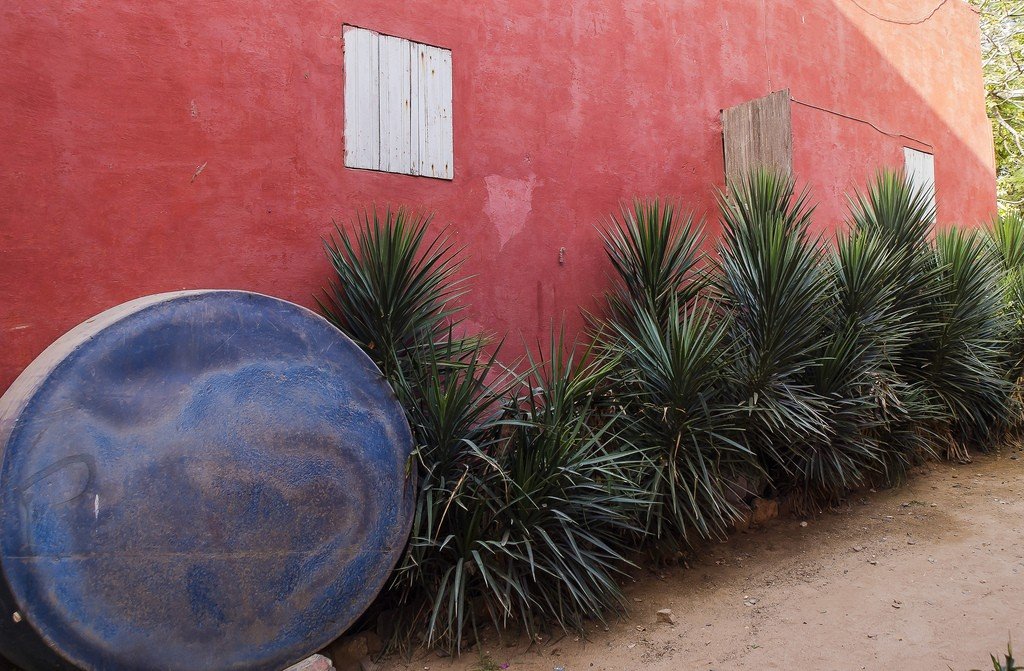
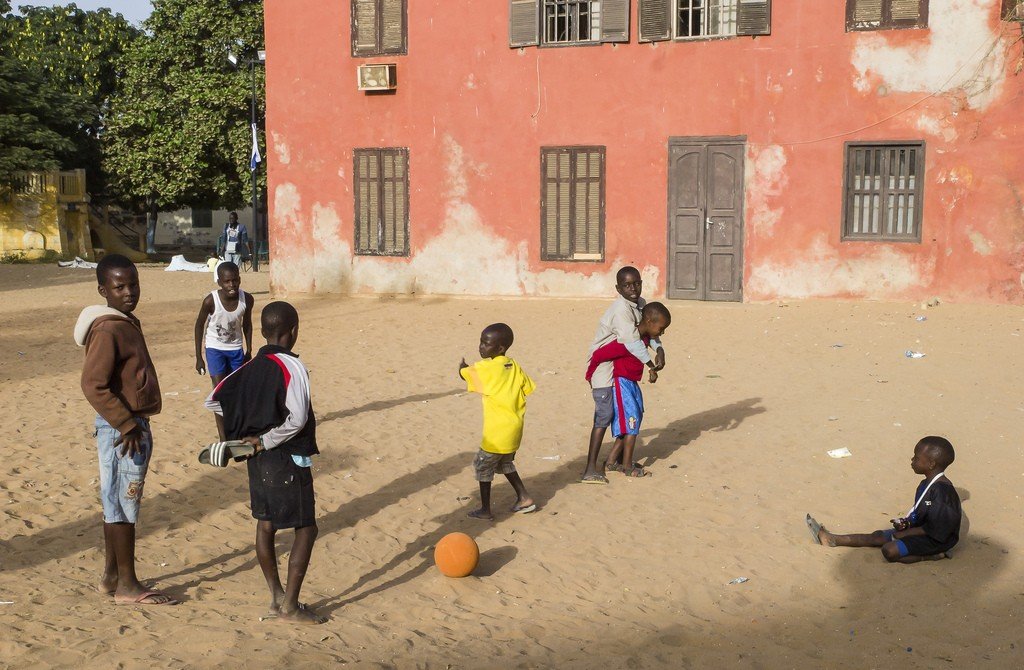
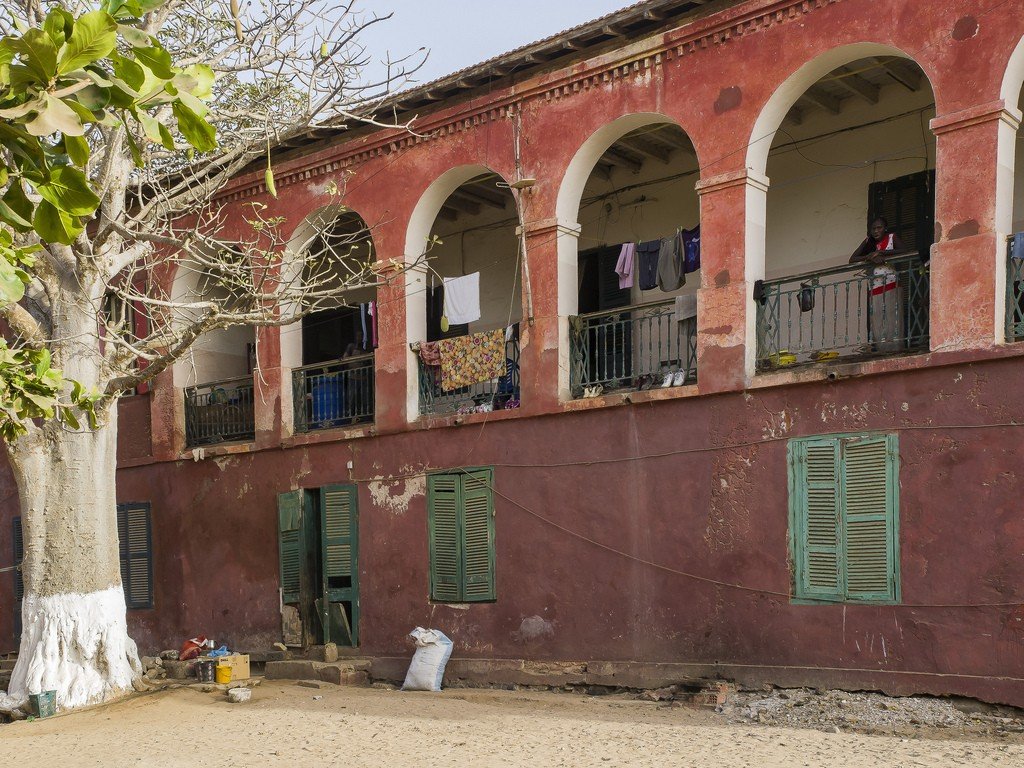
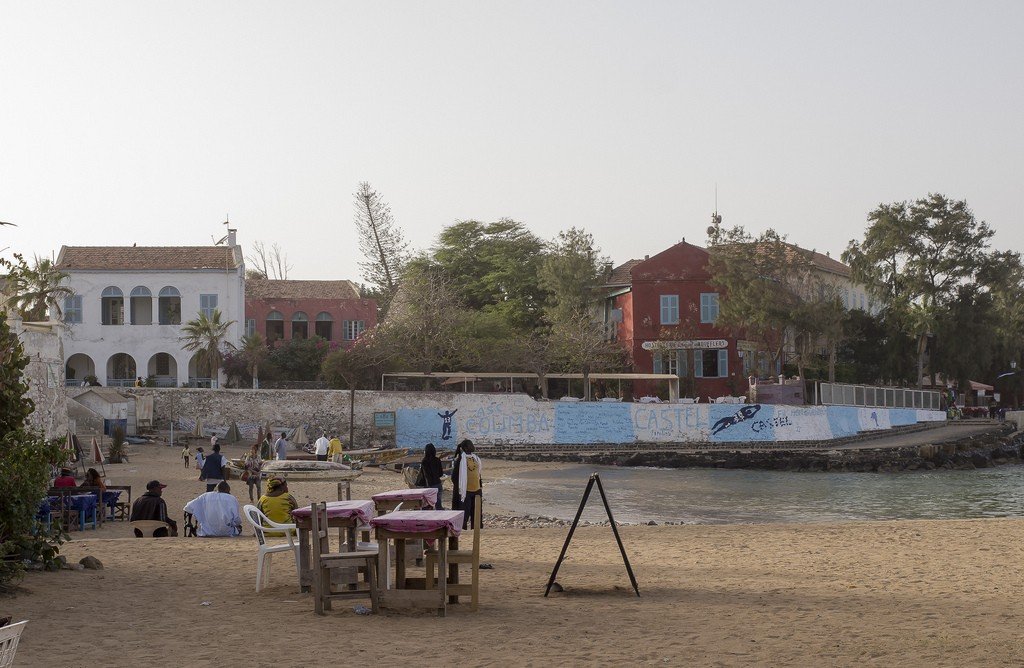
History
Discovered by Portuguese navigator Dias in 1444, it was later visited by English, French, Dutch and Portuguese colonizers.
.
During the 15th and 19th centuries, Gore became the largest center of the slave trade on the African coast. In total, more than 40 million black slaves were sold here, shipped from here to the Americas.
.
Some historians disagree that the slave trade flourished on Gore Island on such an unprecedented scale. Nevertheless, no one can help but feel the somber mood that encompasses the visitor entering under the roof of the Slave House.
AttractionsA must-see is the Slave House (or Maison des Esclaves), built by the Dutch in 1776 and preserved in its original state, known for its “door from which there is no return”, a UNESCO World Heritage Site, a place of pilgrimage for those who want to reflect on the horrors of former times.
.Other attractions include French provincial architecture – the Church of Saint Charles on the Place de l’Église, the picturesque ruins of Fort Nassau, the Historical Museum in the ancient Fort Estre, and the Chateau Saint Michel, originally built by the Dutch on a steep basalt hill in the 17th century. The botanical garden on rue du Port is also worth a visit. If you want to take a dip, there is a small beach near the ferry crossing.
.